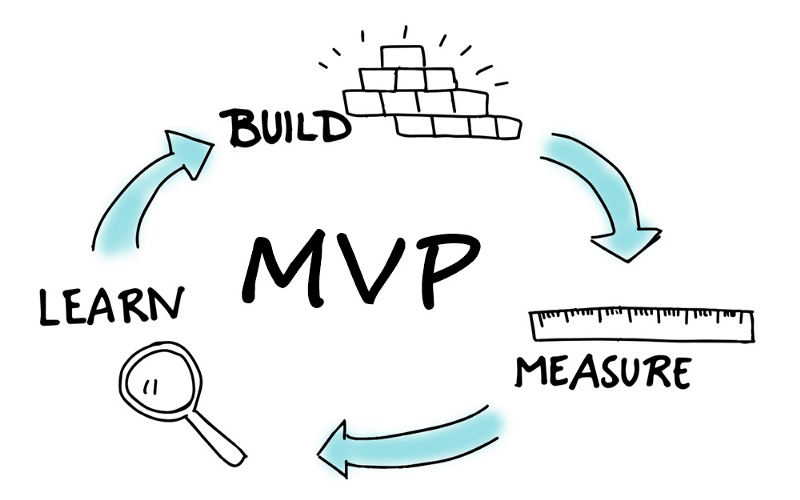
When we talk about the MVP (Minimum Viable Product), we talk about one of the tools that deserves the attention of every business, whether it offers physical or digital products.
MVPs allow us to validate a product's premise, test hypotheses about market needs, make adjustments to the product vision and prioritize where to invest in future development, and become a fundamental practice to ensure a good customer experience and minimize the chances of failure.
Great MVPs start with tough questions. We must first think about what problem we are trying to solve, and if it really is a problem worth solving.
On the other hand, you have to ask yourself what is the easiest and most direct way to solve such a problem, with as few steps as possible along the way.
However, before building our MVP, it is important to prove its value. To do this, we can test your promise and offer using, for example, landing pages, mock screenshots demonstrating your vision, or even adding pricing options for people to choose the one that interests them the most.
The advantage of creating an MVP is the possibility to test hypotheses without having to spend a lot of effort and money. In addition, the feedback that customers give us serves as a parameter to make adjustments that allow us to offer a product or service that is more in line with market expectations and, consequently, increase your chances of financial return.